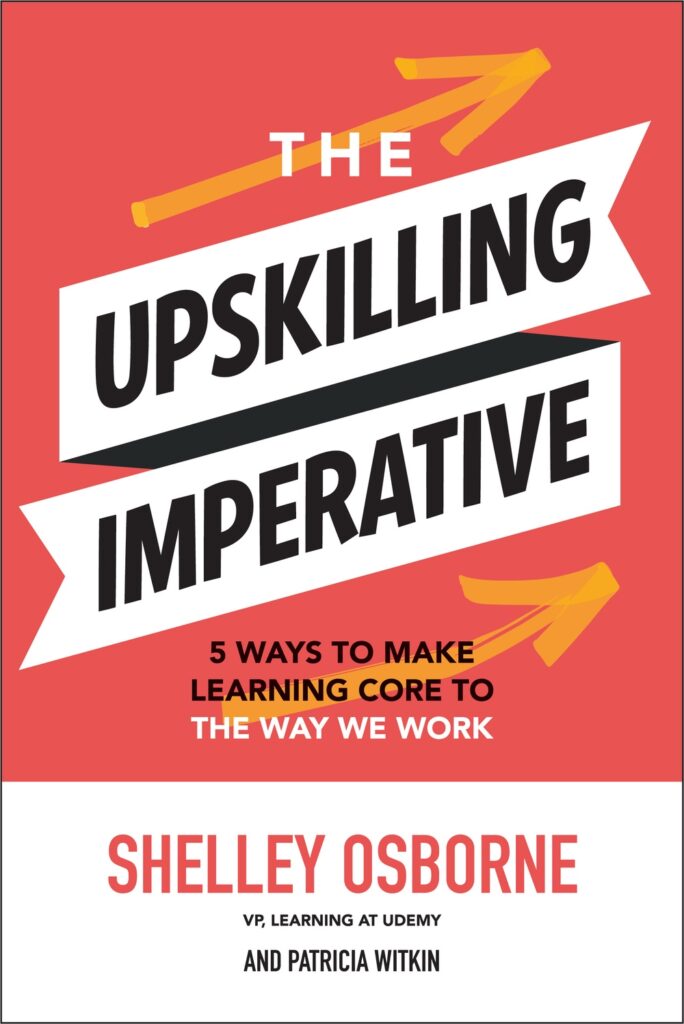Sharing my learnings from the book, The Upskilling Imperative by Shelley Osborne
The Upskilling Imperative by Shelley Osborne
In The Upskilling Imperative, Shelley Osborne, vice president of learning at Udemy, provides a roadmap to gaining knowledge that’s more effective for both individual employees and organizations. If you’re a leader, you can implement the five main components of a learning culture—and start closing that frustrating skills gap. If you’re an overwhelmed manager, you’ll become more comfortable getting employees ready for rapid change. If you’re a team leader, you’ll discover how to encourage direct reports to embrace learning to improve performance. This evolved mindset can make the inevitable next workplace upheaval or technology something to learn from and even look forward to—instead of something to dread.

- technology is moving faster than ever. A rising number of jobs are now automated, and the skills needed for many of the remaining positions are becoming obsolete. Other fields are changing so fast that very few people will be expected to do the same work throughout their professional careers.
- adaptability is needed to maintain a career, or business, into the future. That’s why it’s vital that employers and employees find ways to bring relevant, dynamic, and sustainable learning – or upskilling – into their mindset.
- Just because information is being transmitted doesn’t mean anyone is actually learning anything.
- training shouldn’t be a sprint to the end.
- it’s tempting to try and use as much new technology as possible.
- space and time matter.
- students should know why they are learning.
- With corporate training, the author suggests aiming for a constructivist approach – that’s where students take responsibility for their own learning.
- Embrace change and adaptability to cultivate agile learners within your organization.
- Routine, constructive, two-way feedback holds the key to successful learning and professional growth. try to combine regular feedback loops with practical plans for improvement. Once someone becomes comfortable with routine feedback, they also become more confident in choosing which points to act on and which to decline.
- Someone with a fixed mindset is stuck with his own innate abilities. By contrast, someone with a growth mindset sees his innate abilities as starting points to build upon.
- Use marketing tactics to generate employee excitement around learning.
- figure out your goals.
- decide on your target audience. If the audience is spread across different departments, backgrounds, or job levels, you can use something called market segmentation to reach them.
- go viral
- give them a reason to come back next time.
- If you’re trying to build a learning culture, you first need to define how learning fits in with a job’s responsibilities. When learning is placed within the flow of work, it’s more easily accessible
- Managers need to demonstrate and promote the value of learning to business.
- It turns out that building a learning culture isn’t just vital to creating businesses of the future – it makes good financial sense too!


Leave a Reply